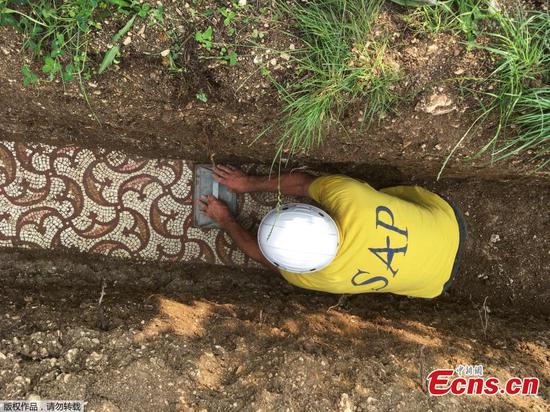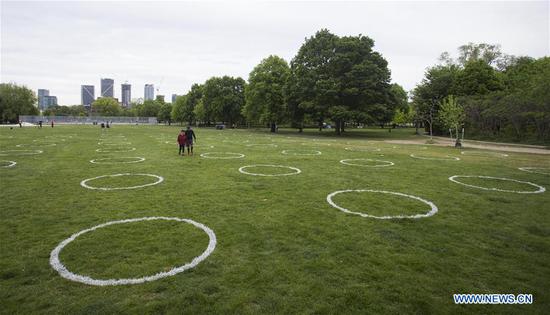New research into the building of the bell tower of one of Scotland's most important and oldest churches has uncovered on Monday previously unknown details about its construction as it approaches its 900th anniversary.
Historic Environment Scotland (HES) provided funding to investigate the remarkable five-storey timber frame within the bell tower of St Giles' High Kirk on the Royal Mile, which is part of the Old and New Towns of Edinburgh's UNESCO World Heritage site.
The funding enabled expert Dr. Coralie Mills to lead the South East Scotland Oak Dendrochronology (SESOD) project, to find the date of the timbers by scientifically counting the tree rings to the exact year they were formed.
The aim of the research was to recover valuable tree-ring data and determine the date of its construction.
Founded in 1124, the church has undergone many additions and alterations over time, particularly in the 19th century.
Dendrochronology, the scientific method of dating tree rings to the exact year they were formed, involved using samples taken from a selection of oak timbers in the bell-frame, which has refined the probable date for completion of the St Giles' bell tower to between 1460 and 1467.
The testing was able to establish timber in the frame came from trees felled in the winters of 1453/54 and 1459/60.
The research also revealed the timber was sourced from one of the last remaining reserves of old-growth oak timber in Scotland, the Royal Forest of Darnaway, in Morayshire, and that many of the trees would have been over 300 years old when chopped down.
Mills, who carried out the work, said: "Discovering the date and provenance of the timbers in the tower at St Giles', and allowing new insight into the medieval history of our native woods, has been a highlight of my career as a dendrochronologist in Scotland.
"The mid-15th century was a pivotal time when Scotland turned to Scandinavia for most of its timber supply, but this research shows that Darnaway still had reserves of old-growth oak, by then a very scarce and valuable resource in Scotland. Furthermore, the St Giles' timbers match closely with other material from reused timber in the Chapel Royal at Stirling Castle, which is also thought to have come from Darnaway.
"These results enhance our understanding of St Giles' construction history and provide valuable insights into the medieval timber supply in Scotland."
Dr. Kirsty Owen, deputy head of archaeology at HES said: "This discovery at St Giles's demonstrates that dendrochronological research has the potential to significantly enhance our understanding of our historic buildings, which in turn will assist in their conservation."


















































